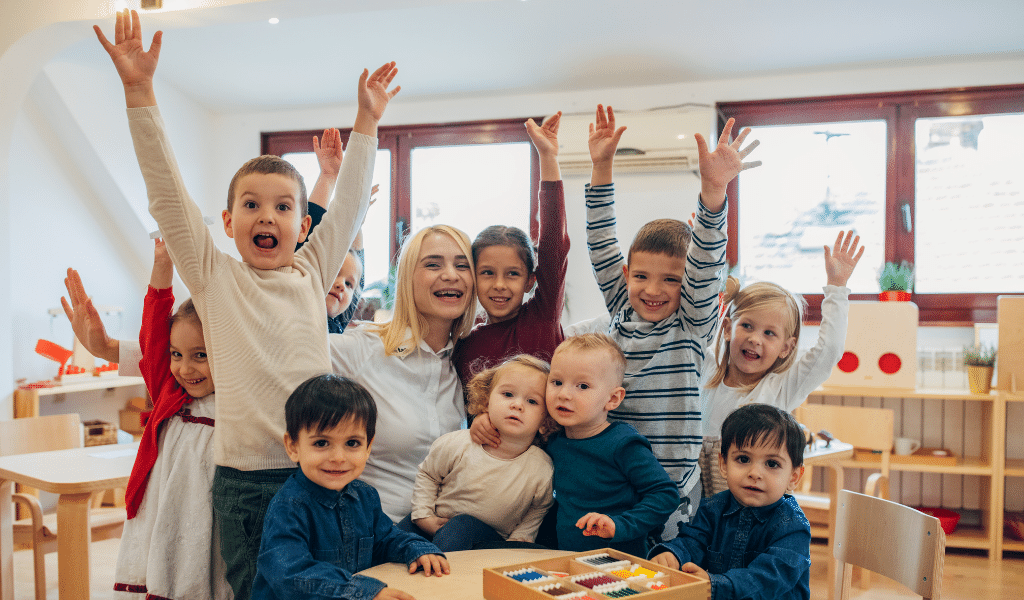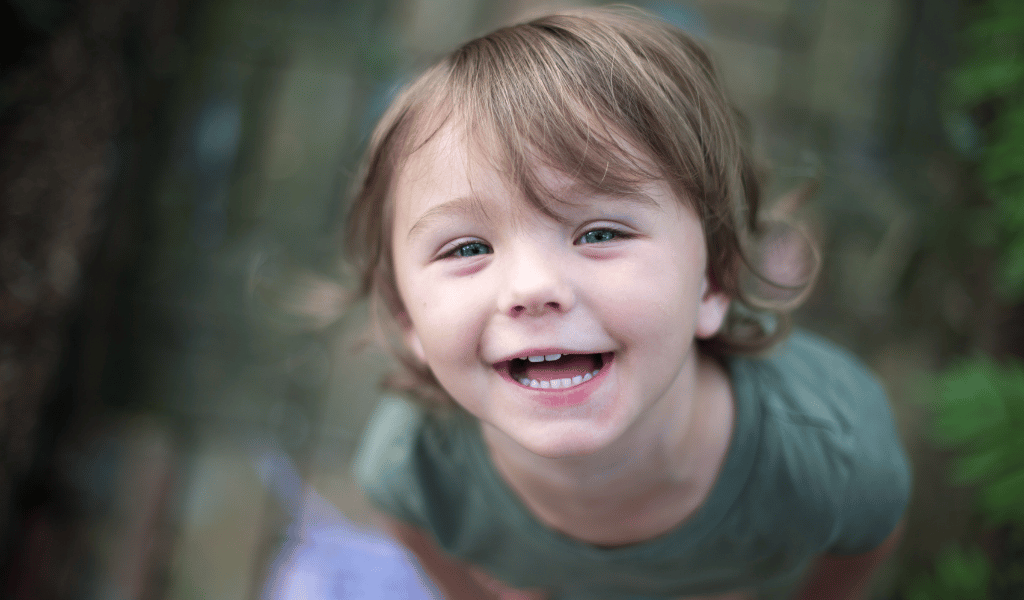A new year is often a time of growth, resilience, and joy as children embark on new adventures in settings or groups. It’s a time for developing relationships and connections, uncovering each child’s unique personality, and setting expectations. We have begun to create a haven of safety and stability, where children feel a sense of belonging and are ready to play and learn, however, a new year calendar after all the festivities, celebrations, and events, can still stir excitement, requiring resilience and stamina in both children and adults alike.
This time is filled with much energy and excitement: calm and steady children transform into “bottles of pop,” brimming with emotion. Those routines that create a safe and positive learning climate are tested as heightened joy threatens to spill over into dysregulation. Understanding and navigating this energetic shift is essential for fostering emotional growth and maintaining a balanced learning environment.

Joy is a core emotion alongside anger, fear, and sadness, and it plays a critical role in our wellbeing. Yet it is not an emotion we explore so much. The body releases a cocktail of chemicals during joyful experiences, creating optimal conditions for learning. These include:
Joy activates the brain’s reward pathways, motivating us to repeat experiences that promote happiness…which is great news for learning! However, the accumulative effect of these ‘feel-good’ chemicals, combined with adrenaline, can lead to over-arousal and potentially dysregulation. While some children can self-regulate, others may struggle, leading to what Dan Siegel refers to as ‘flipping the lid’, where the brain shifts into survival mode (fight, flight, freeze), bypassing any rational thought.
Recognising and managing the impact of joy is crucial for us as educators and caregivers. It’s not uncommon to hear that some children ‘can’t handle’ exciting events. However, rather than withdrawing opportunities for joy, it’s vital to teach children how to navigate these powerful emotions and make sense of these big feelings. This social and emotional learning is key to their development.
1. Be an emotionally available adult
2. Structured environments
3. Visual prompts
4. Play and role modelling
5. Positive reinforcement
6. Mindfulness practice

As adults, we recognise the profound impact of joy on our mental wellbeing, whether through the thrill of a game or the peace of a walk in nature. The same holds true for children. Joy not only enriches their present experiences but also lays the groundwork for effective learning and emotional health as they move on into adulthood.
When we teach children to embrace joy and navigate its effects, we’re equipping them with the tools to manage both the highs and lows of life. This autumn term, as the classroom buzzes with energy, remember that supporting children through their ‘fizzy’ moments is more than classroom management—it’s a vital part of nurturing self-regulation and resilience.
By being present, patient, and proactive, we help children transform their excitement into meaningful growth, ensuring that joy remains a real joy.

About the author
Pam’s educational leadership spans multiple local authorities, with experience teaching from nursery through Year 6. As a former Deputy and Head Teacher and Thrive Practitioner, Pam embedded neuroscience, attachment theory, and child development insights into classroom practices, championing SEL as fundamental to children’s well-being and academic success. Pursuing her passion in her later role as Thrive Relationship Manager and Thrive Trainer, she has provided tailored SEL support to schools across the Midlands. Currently, as an Evidence Lead for Education at Staffordshire Research School, Pam promotes evidence-informed approaches to enhance school improvement, with SEL as a key focus. Additionally, she facilitates programmes for two local teaching school hubs, focusing on Early Career Framework (ECF) and National Professional Qualifications (NPQs), where she emphasizes the critical role of SEL in developing resilient, successful learners.